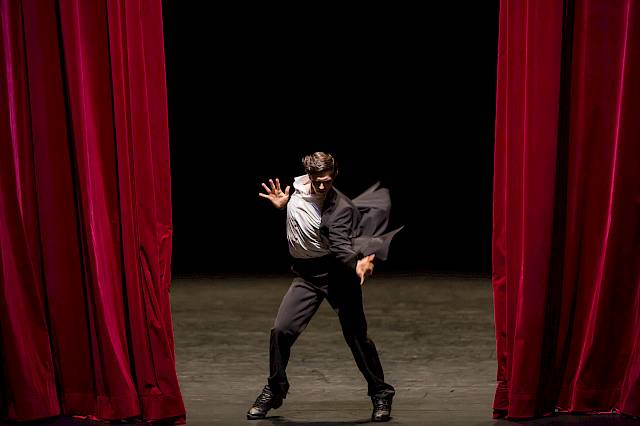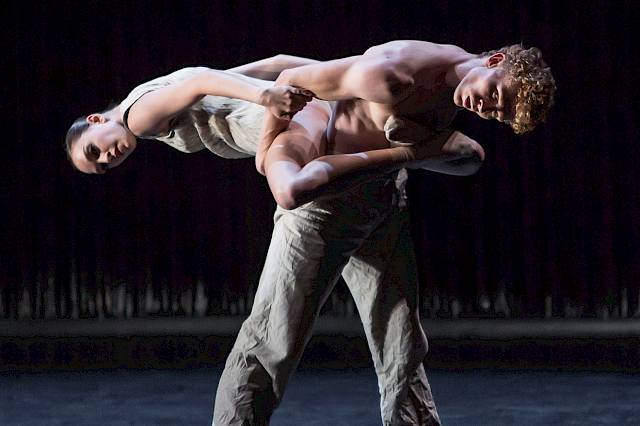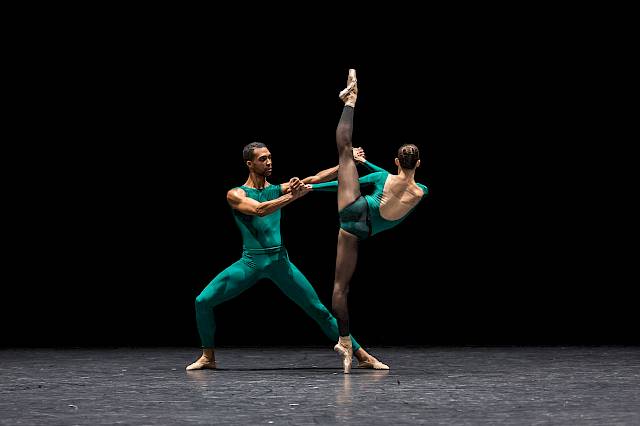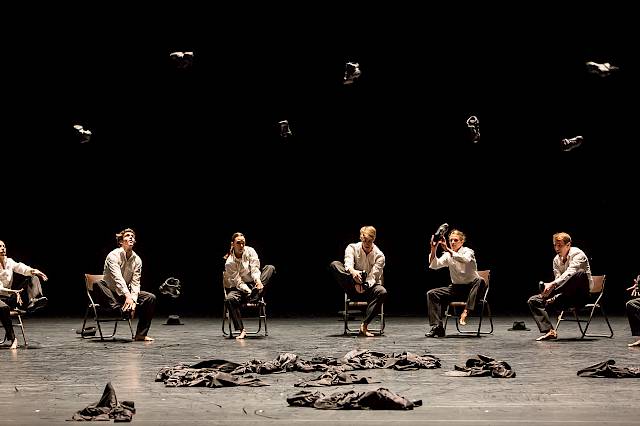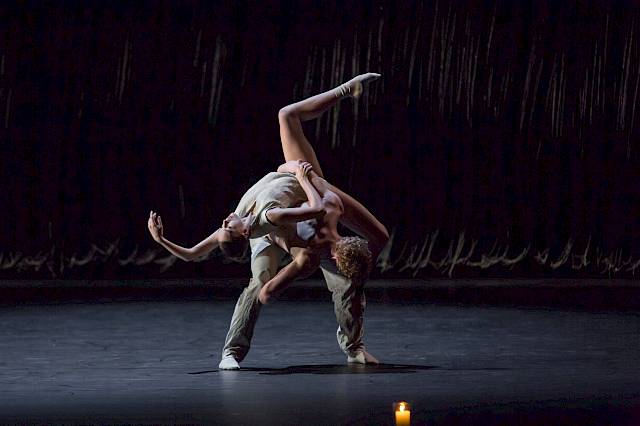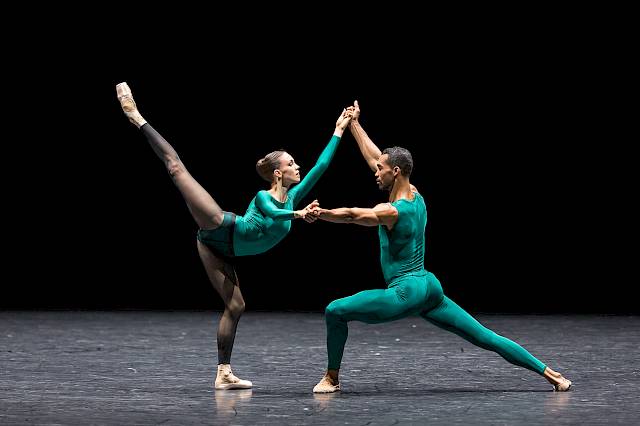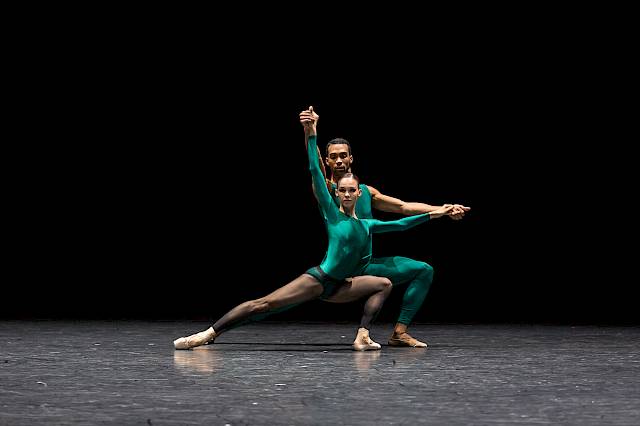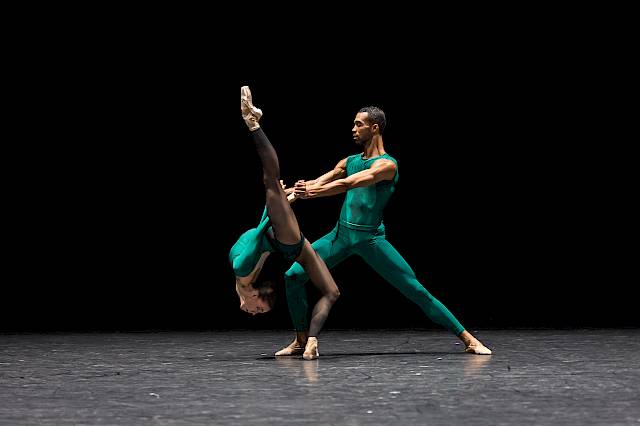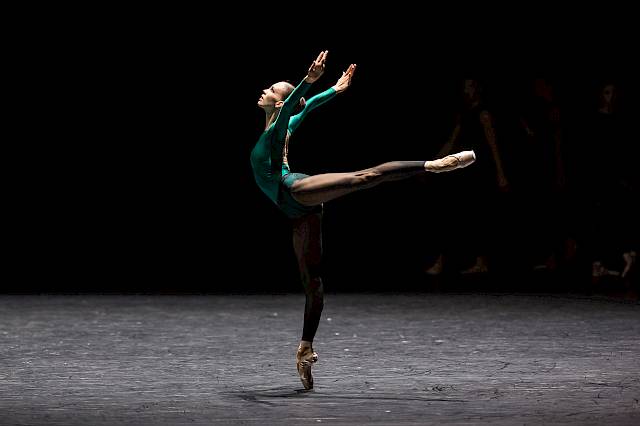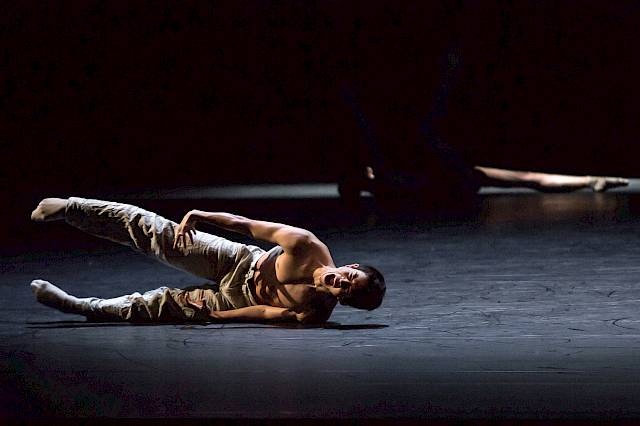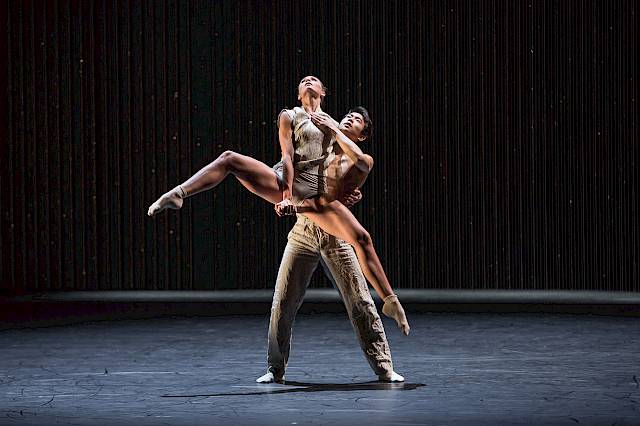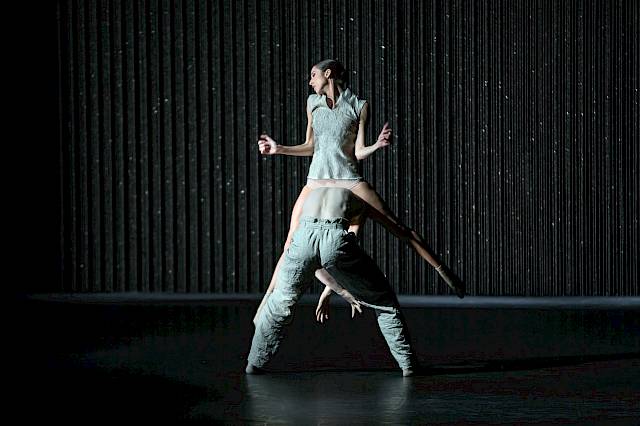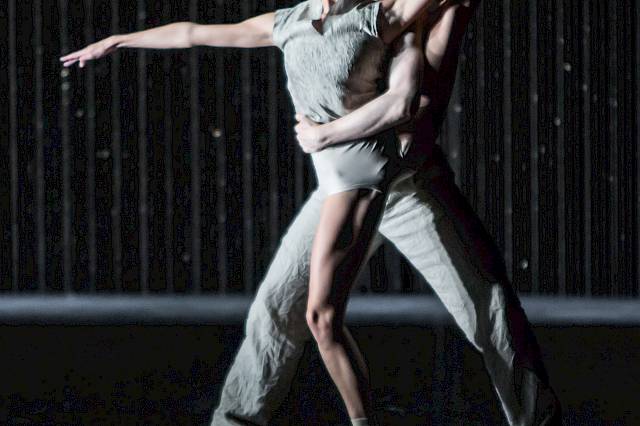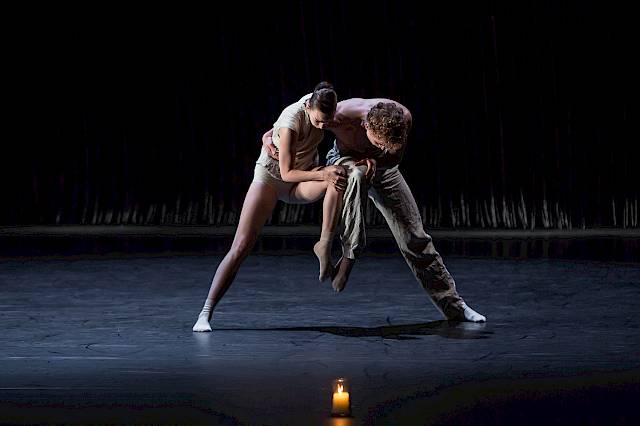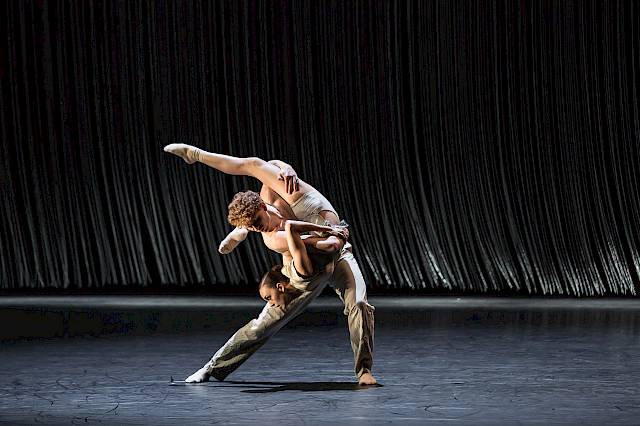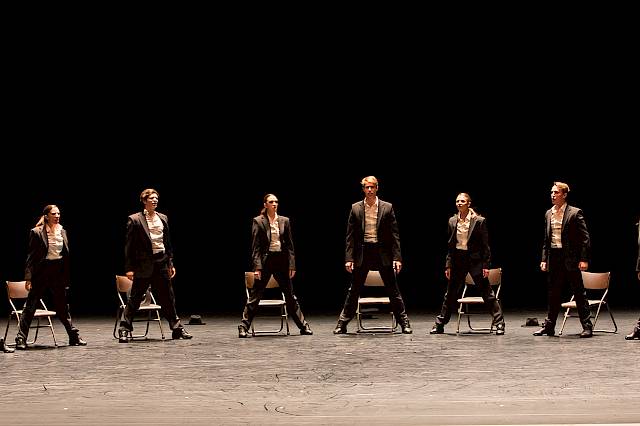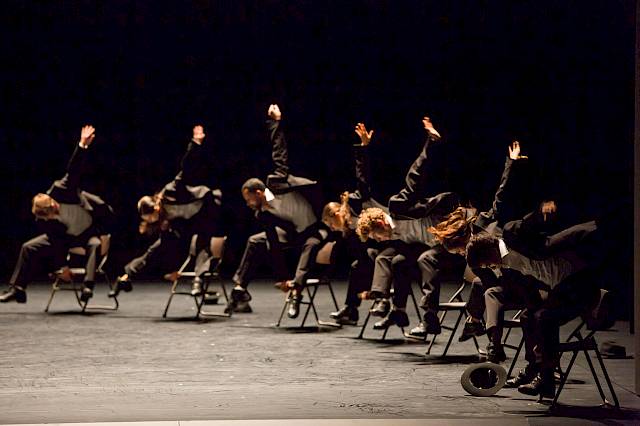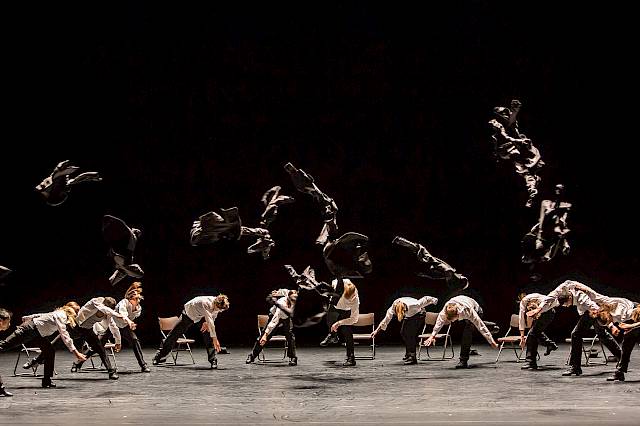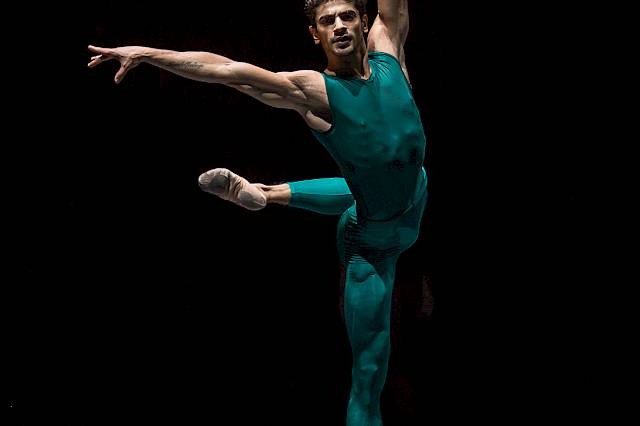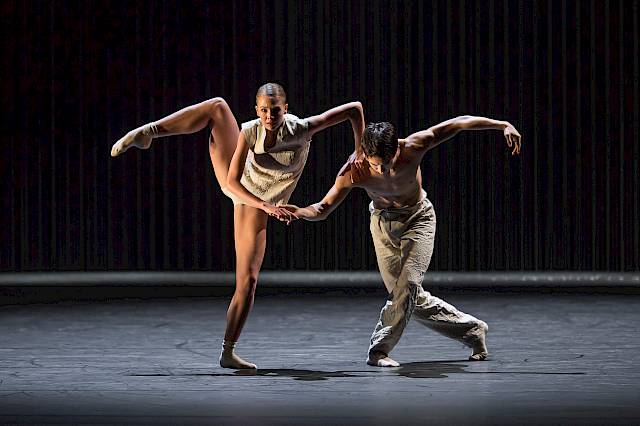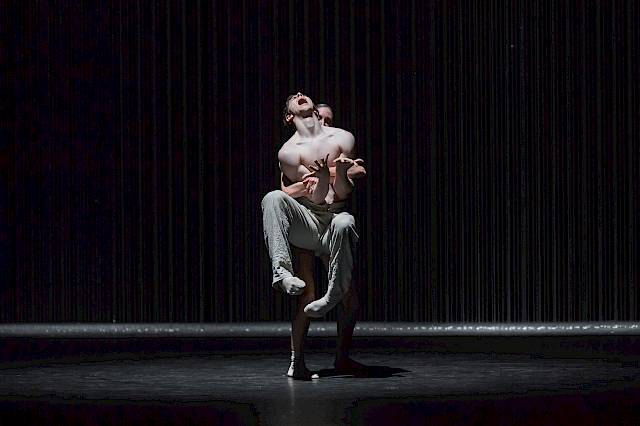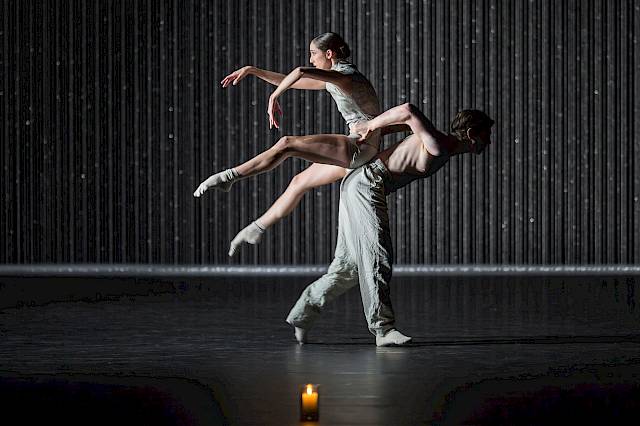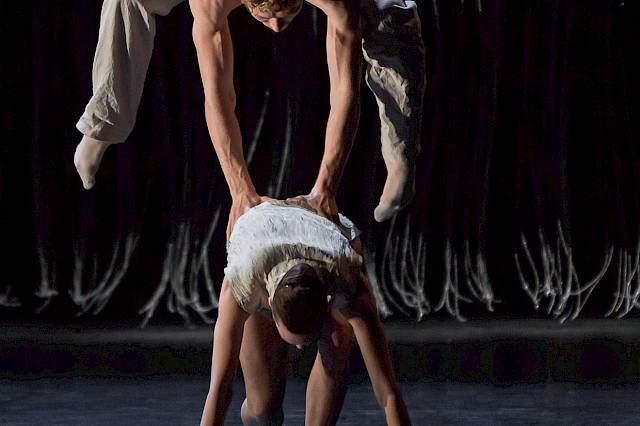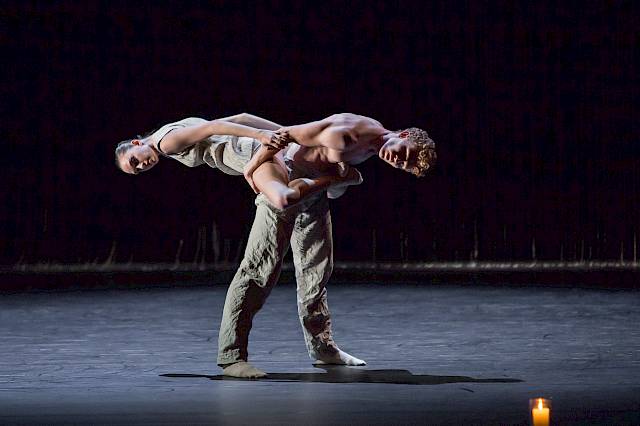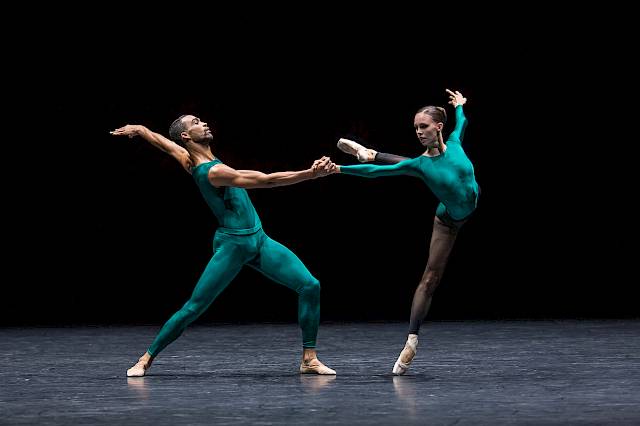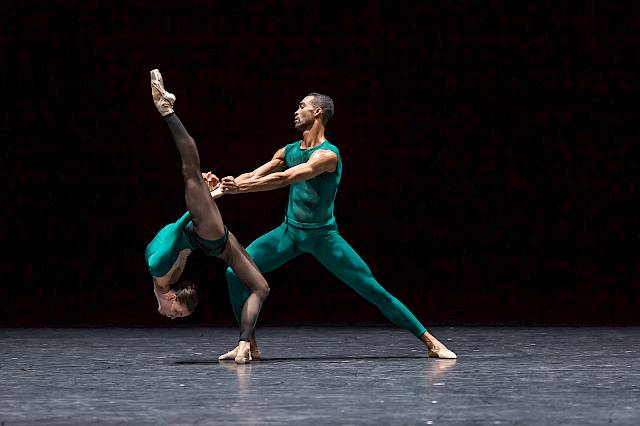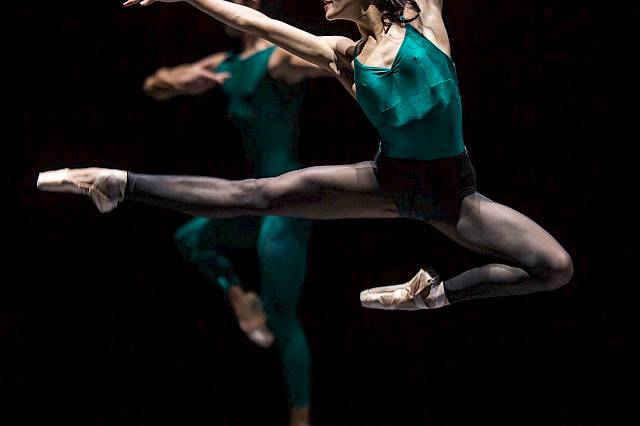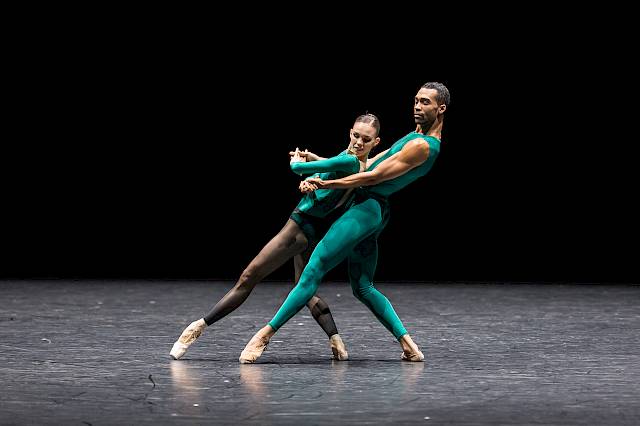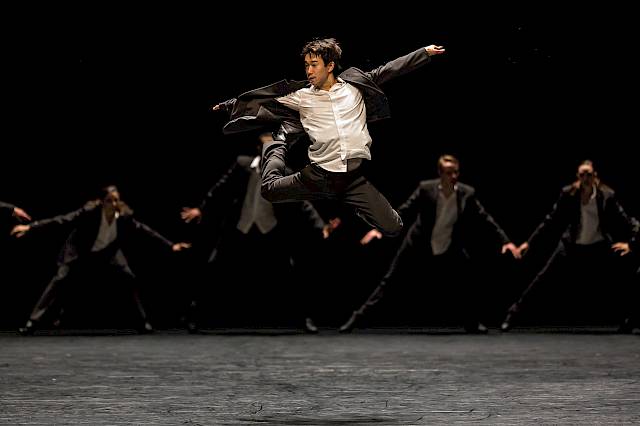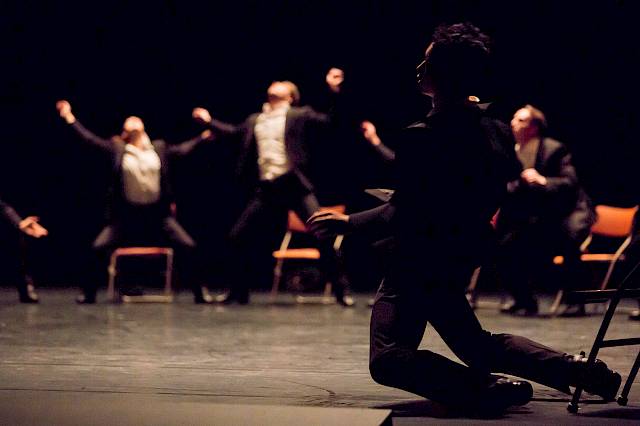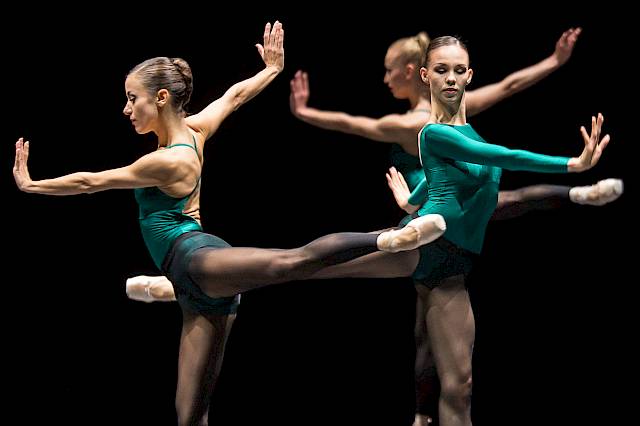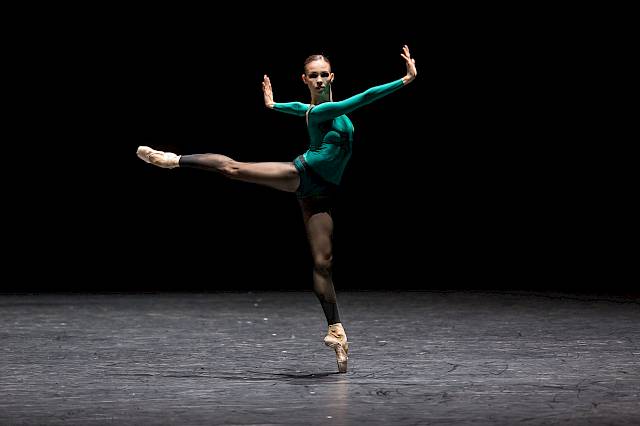Gods and Dogs
Choreographies by William Forsythe, Jiří Kylián and Ohad Naharin
In the Middle, Somewhat Elevated
| Choreography, stage design, costume design and lighting |
William Forsythe |
| Music | Thom Willems in collaboration with Leslie Stuck |
| World premiere | Ballet de l'Opéra National de Paris, 1987 |
Gods and Dogs
| Choreography, Stage design | Jiří Kylián |
| Music | Ludwig van Beethoven, Dirk Haubrich |
| Costume design | Joke Visser |
| Lighting | Kees Tjebbes |
| World premiere | Nederlands Dans Theater, 2008 |
Minus 16
| Choreography, stage design and costume design | Ohad Naharin |
| Music | Soundtrack from «Cha-Cha de Amor»: Dean Martin, Yma Sumac Rolley Polley; Dick Dale, Tractor's Revenge & Ohad Naharin, Antonio Vivaldi, Harold Arlen/Marusha |
| Lighting | Avi Yona Bueno |
| World premiere | Nederlands Dans Theater, 1999 |
| Ballett Zürich Junior Ballett |
Duration 2 H. 15 Min. incl. intermissions after 1st part after approx. 30 Min. and after 2nd part after approx. 1 H. 15 Min. Introduction 45 min before the performance.
Good to know
Gods and Dogs
Abstract
Gods and Dogs
This ballet evening will feature three masterpieces of contemporary dance, with works by William Forsythe, Jiří Kylián and Ohad Naharin. All three pieces have written ballet history.
William Forsythe’s In the Middle, Somewhat Elevated is considered his most successful choreography, as it combines all the elements of his choreographic aesthetic for the first time. Created for the ballet of the Paris Opera, the piece is built upon the tremendous dynamic between deceleration and acceleration. Tense, compact bodies brace themselves against one another, wrestling for balance and unleashing explosive energy in the process. Against the backdrop of Thom Willems’ electronic music, physical energy is distributed centrifugally in space, while the classically harmonious lines are expanded into new dimensions and the familiar suddenly seems alien and novel.
Jiří Kylián choreographed Gods and Dogs for theNederlands Dans Theater, on which he exerted a decisive influence as its director of many years. In his hundredth creation for the renowned ballet company – a lugubriously mysterious chamber ballet for four couples – Kylián reflects on the boundaries between normality and madness, and calls the norms of such attributions into question. Kylián’s sensually poetic dance language and infallible sense of musicality make this ballet – whose vivid title refers to a mysterious dual figure from the realm of the Pharaohs – a fascinating piece.
With Minus 16, Ohad Naharin – director of Israel’s Batsheva Dance Company for more than 25 years – has succeeded in creating a piece that is a spirited, swinging celebration of the desire to dance and joie de vivre in which the ballet ensemble presents itself with humour, wildly exuberant joy in movement and acrobatic audacity to the strains of a surprising mixture of music.


